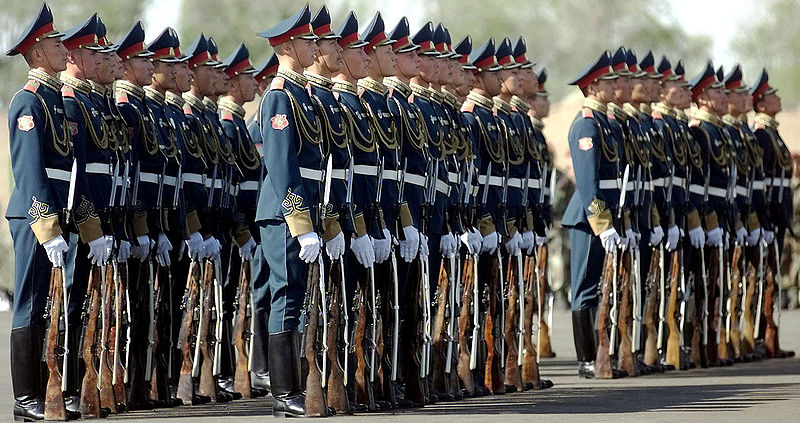Central Asia is in the middle of a major geopolitical shift: China is spreading its influence over the region that historically aligned itself with Russia.
The competition between Beijing and Moscow over the former Soviet nations – Kazakhstan, Kyrgyzstan, Tajikistan, Turkmenistan, and Uzbekistan – may leave no room for the interests of the United States.
For Washington, the “stans” have been serving as the gateway to Afghanistan. With the U.S. authorities trying to develop a new policy toward the country, the administration of President Donald J. Trump may find it necessary to re-engage with former Soviet republics.
Kanishkan Sathasivam, Political Science Professor at Salem State University, told The Globe Post that the contest for influence in Central Asia is not something new or recent, but the United States got sidetracked after the 9/11 terror attacks.
“As far as spheres of influence in Central Asia are concerned, the real contest is not between Russia and the U.S. but rather between Russia and China. Furthermore, second-tier regional powers like India, Pakistan, Iran, and Turkey are also involved to one extent or another in this contest, so Russia’s ability to act on its ambitions is not as straightforward as one might believe. The picture is rather more complicated than that,” he said.
In March 2016, US Central Command (CENTCOM) head General Joseph Votel said Russian security partnerships in Central Asia made it difficult for the U.S. to pursue a “key U.S. interest” of enhancing defense ties with the region.
One year later, the general said in a congressional testimony that the U.S. is interested in Central Asia because it wants to prevent the establishment of safe havens for terrorists and ensure continuous access to the region.
Mr. Votel added that CENTCOM would seek closer cooperation with Kyrgyzstan, which may be “increasingly receptive to higher-level military engagements.” He also noted that the U.S. military partnership with Kazakhstan is the most advanced in Central Asia.
“Kazakhstan remains the most significant regional contributor to Afghan stability,” he underscored.
Jeff Sahadeo, Assistant Professor of Political Science and European and Russian Studies at Carleton University in Ottawa, told The Globe Post that the U.S. interest in Central Asia has never been as durable as Russia’s or China’s, and revolves now largely around Afghanistan and potential security spillover there.
“It may be that the re-engagement would be done on that basis, especially given worries of ISIS fighters (a few hundred per country, less than in Europe, but played up by local regimes) returning and wreaking havoc exist,” he said, noting that the Uzbeks and others may believe that Russia holds the greatest resources to respond to this problem militarily.
Mr. Sahadeo noted that the Central Asian leaders are also quite fond of President Trump.
“He will not enforce any human rights restrictions on them, so it removes some of the frustration they have had with U.S. policy under Obama,” he noted. “And there is a balancing strategy, to exert maximum leverage with China and bargain big powers off against one another.”
In July, Russia said it would hold military exercises with Uzbekistan in October this year. The announcement of the joint drill was the first one in more than a decade.
Also in July, the U.S. conducted a 10-day military exercise with the militaries of Pakistan, Tajikistan, Kyrgyzstan, and Mongolia. Observers from Kazakhstan joined the drill, dubbed “Steppe Eagle,” that focused on peacekeeping, counterterrorism, and border security exercises.
Mr. Sathasivam noted, however, that he doesn’t see any evidence that the Trump administration wants to increase its military footprint in the region.
“The U.S. will continue to look for partnership opportunities with Central Asian states involving occasional training exercises and the like, but no expansion of the U.S. military footprint in those states because of the continuing need for a robust U.S. military presence in Afghanistan despite the U.S.’s preference for exiting that country. The U.S. currently faces too many major military flashpoints,” he noted.


